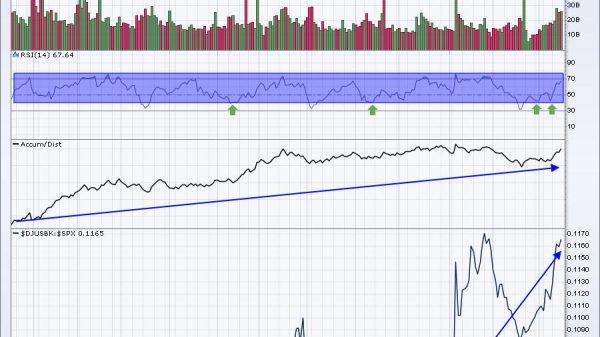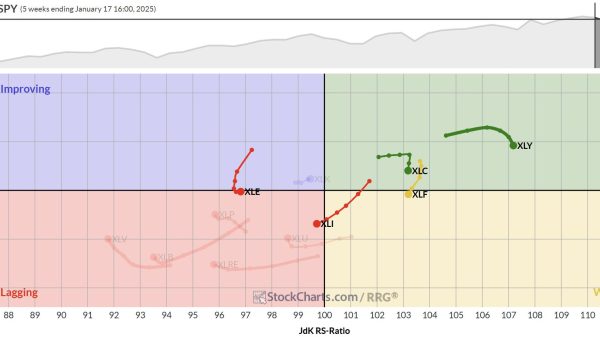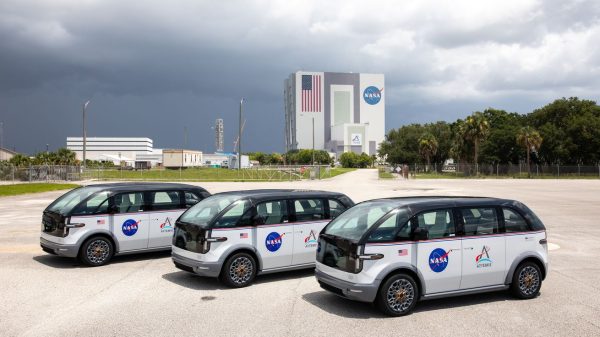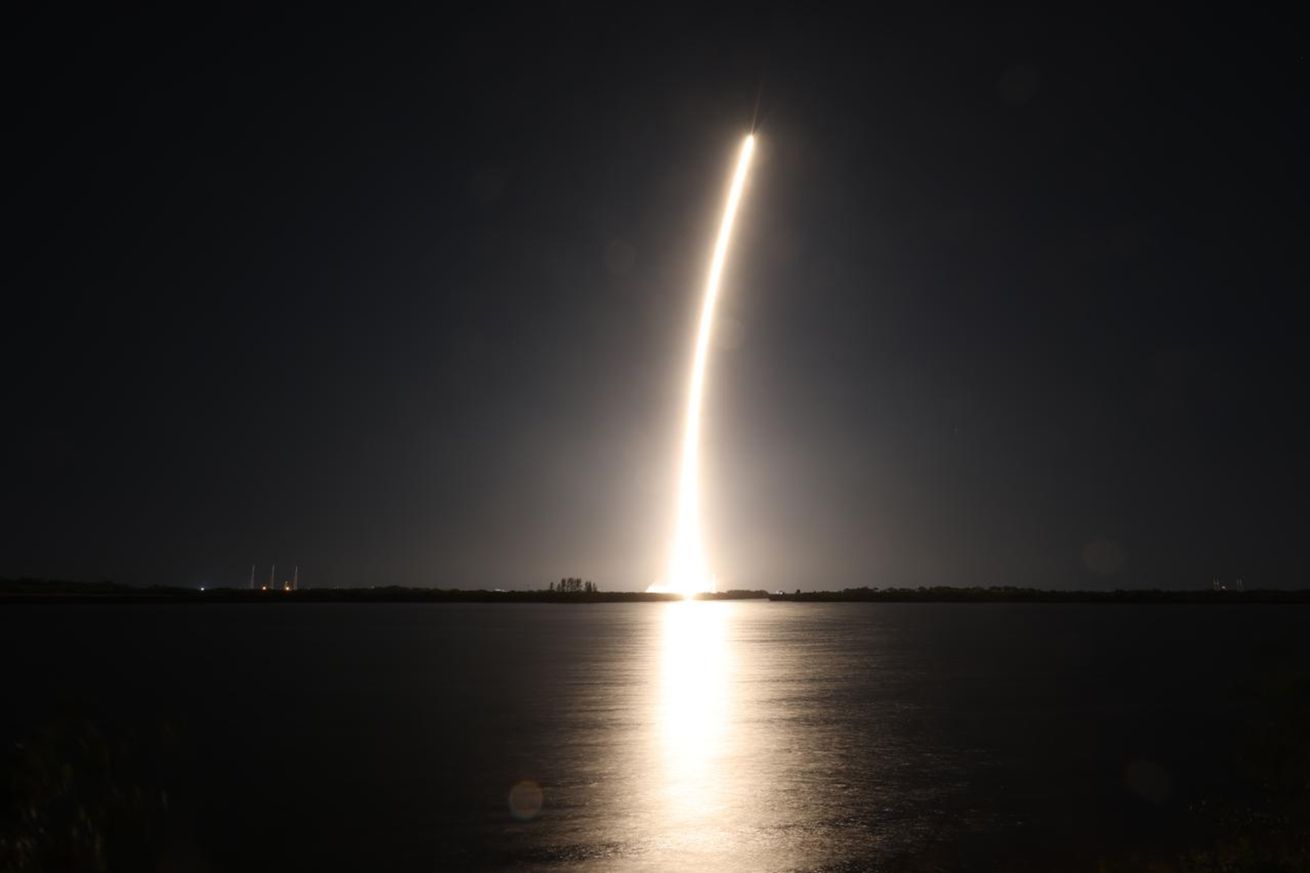
A SpaceX Falcon 9 rocket lifted off from Cape Canaveral on Wednesday morning carrying two private lunar landers into orbit in support of NASA’s future Artemis landing crews. The Blue Ghost and Resilience landers, built by Texas-based Firefly Aerospace and Japan’s iSpace aerospace firms respectively, aim to provide data on the Moon’s environment and test technologies that will help to one day return astronauts to the lunar surface.
The SpaceX launch and private lander contracts are the latest to fall under NASA’s Commercial Lunar Payload Services (CLPS) initiative — the first phase of the Artemis moon exploration program that’s set to launch its first crewed mission in April 2026. Following the Falcon 9’s first stage successfully separating and touching down back on Earth after launch, Blue Ghost was delivered to a lunar transfer orbit by the rocket’s second stage about 65 minutes after liftoff, with Resilience being deployed about 30 minutes later.
Falcon 9 launches two lunar landers to the Moon for @Firefly_Space and @ispace_inc pic.twitter.com/Jrb8MZcycp
— SpaceX (@SpaceX) January 15, 2025
Blue Ghost Mission 1 will now spend approximately 45 days making its way to the Moon, where it’s then targeting to land near a volcanic feature within the 300-mile-wide Mare Crisium basin. There are 10 payloads from NASA-funded customers aboard the lander that will carry out a variety of environmental tests to study things like lunar dust, electric and magnetic fields, and satellite navigation signals.
/cdn.vox-cdn.com/uploads/chorus_asset/file/25832222/Blue_Ghost_Mission_1.jpg)
Image: Firefly Aerospace
Resilience has a longer journey ahead. Its more energy-efficient gravity-propelled route will take the lander about 4-5 months to land on the Moon’s surface. Once there, it has six commercial payloads to deploy, including a radiation probe, water electrolyzing equipment, food production experiments, and a camera-equipped “Micro Rover” that will collect lunar samples. The collected material will be “the sole property of NASA” for use under the Artemis program, but the agency hasn’t yet determined how the samples will be retrieved.
/cdn.vox-cdn.com/uploads/chorus_asset/file/25832221/ispace_m2_ms_us_Low_fix_241217_1200x675.jpg)
Image: iSpace
Both of the private landers will have a full lunar day (about two weeks) to conduct their research operations before the harsh cold of lunar night is expected to render them inoperable.
“This mission embodies the bold spirit of NASA’s Artemis campaign – a campaign driven by scientific exploration and discovery,” said NASA Deputy Administrator Pam Melroy. “Each flight we’re part of is [a] vital step in the larger blueprint to establish a responsible, sustained human presence at the Moon, Mars, and beyond. Each scientific instrument and technology demonstration brings us closer to realizing our vision.”




























